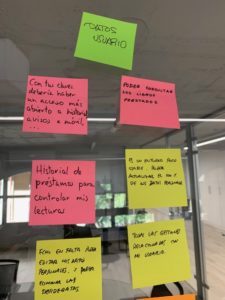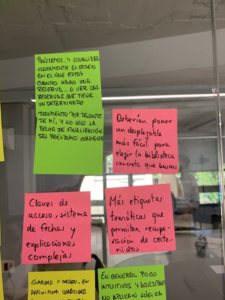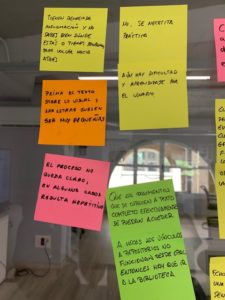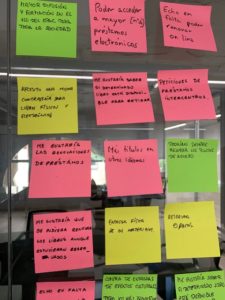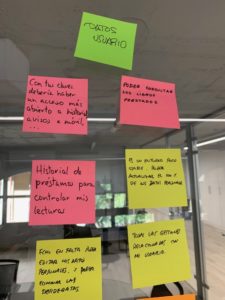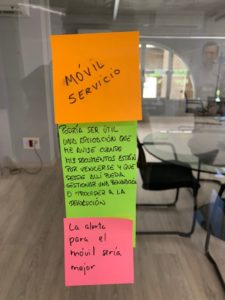The Challenge
To get our users closer to their nearest library, talking their same language, and allow them to book bibliographic material in a simple and fast way.
My Role
I led the UX process in Baratz company, 90% of the libraries in Spain use this software, being in charge of proposing the strategy and research techniques, the conceptualization, the idea solution validation, and direct collaboration with the technical team in the definition and implementation of the design system.
Some restrictions, and constraints that we found and how we addressed them
The great majority of users found it very difficult to find the titles and request a book in the libraries closest to their homes.
- We put emphasis in creating a more intuitive and semantic search engine; we defined keywords and similar terms in the searching indexes.
- We gave the option to the user to activate the geographic location.
- We avoided empty results, always giving an option to continue or recommend similar terms based on the search entered.
Based on Google analytics, 90% of the users were trying to use the platform through their mobile phones and tablets.
- This data helped us reinforce our initial idea of creating the responsive platform and we took into consideration a design and implementation that complied with the AA level of accessibility based on WCAG.
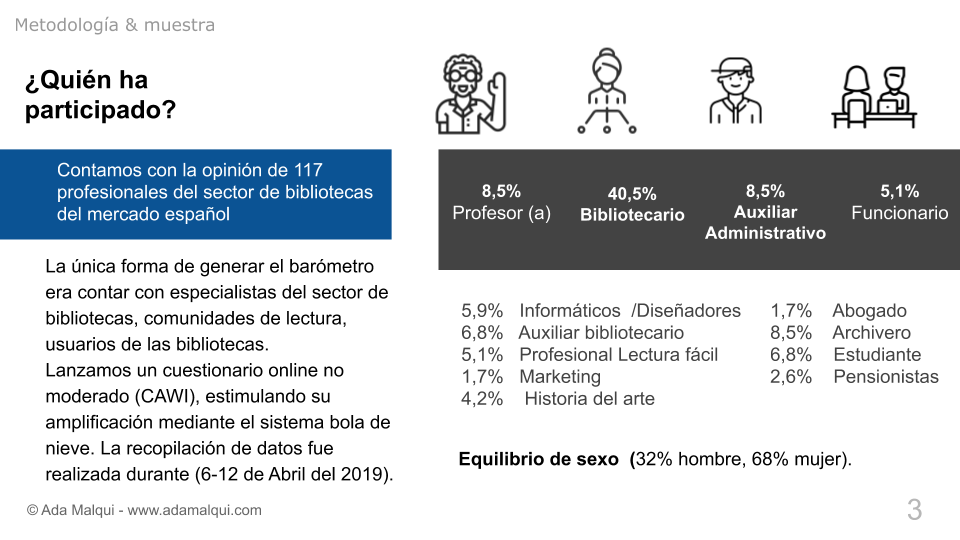
The language used among the platform was focused on library users or people who knew about databases; it was not easy to understand by the end users.
- To be able to give a solution to this matter, we put emphasis in improving the texts and terms to guide our users through the platform. Additionally, we used methods like Card Sorting to define the information architecture and then to validate it through the Tree Testing.
Create wireframes in early phases and validate the proposed solution.
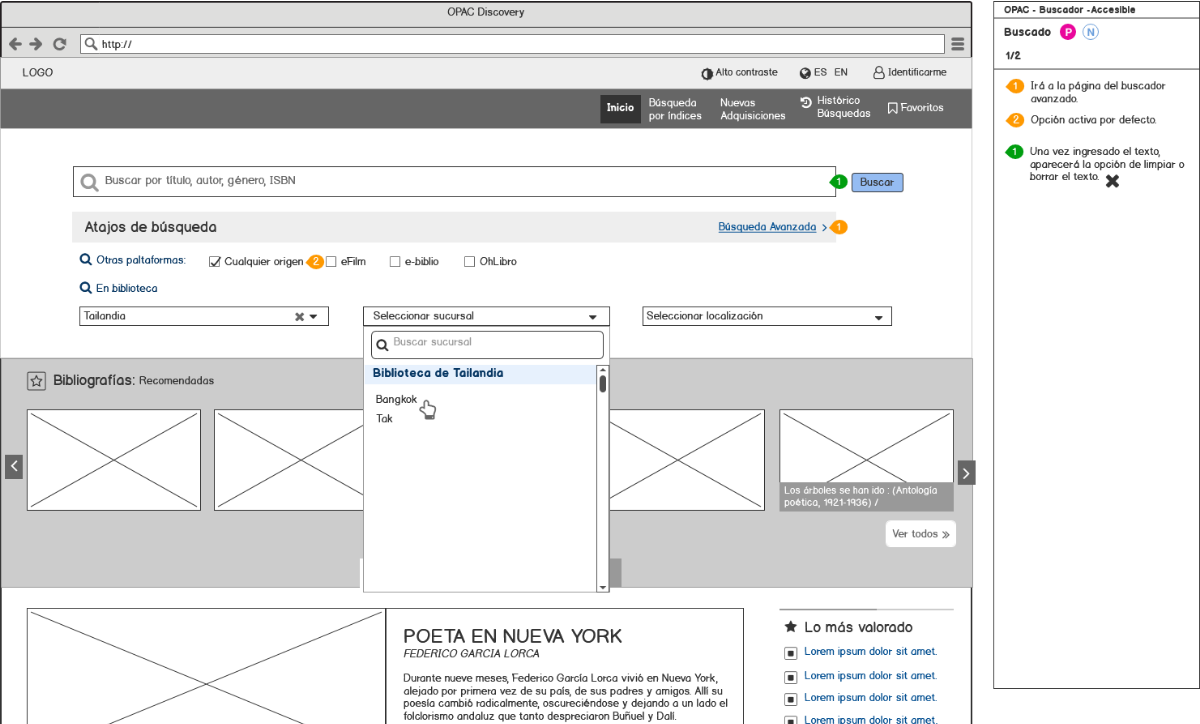
My learnings
Design based on data
- The project helped me to reinforce and communicate to the different stakeholders that before taking a decision on the design we should take the data into account.
Common goals
- Aligning the goals between the involved teams will allow us to always take into account what the problem that we want to solve is.
New opportunities
- Working with extreme users allowed us to find opportunity gaps and think about everything that this type of user knew and was looking elsewhere.
Scalability
- It is important to choose a framework that allows us to scale when the complexity level increases.
Measure the project success
I didn’t have the opportunity to measure the UX strategy in this project, below I am pointing out what would have come next:
Usability indicator:
- Time the users take to book.
- Time the users take to make a request for new material.
- Loading time to show the results in the search engine.
Engagement indicator:
- The time % that the users stay on a page without interacting among it.
- Number of pages visited in each session or the recurrent number of users.
Conversion indicador:
- How many contact forms do the users fill?
- How many books and requests do the users make?
- How many ebooks are downloaded?
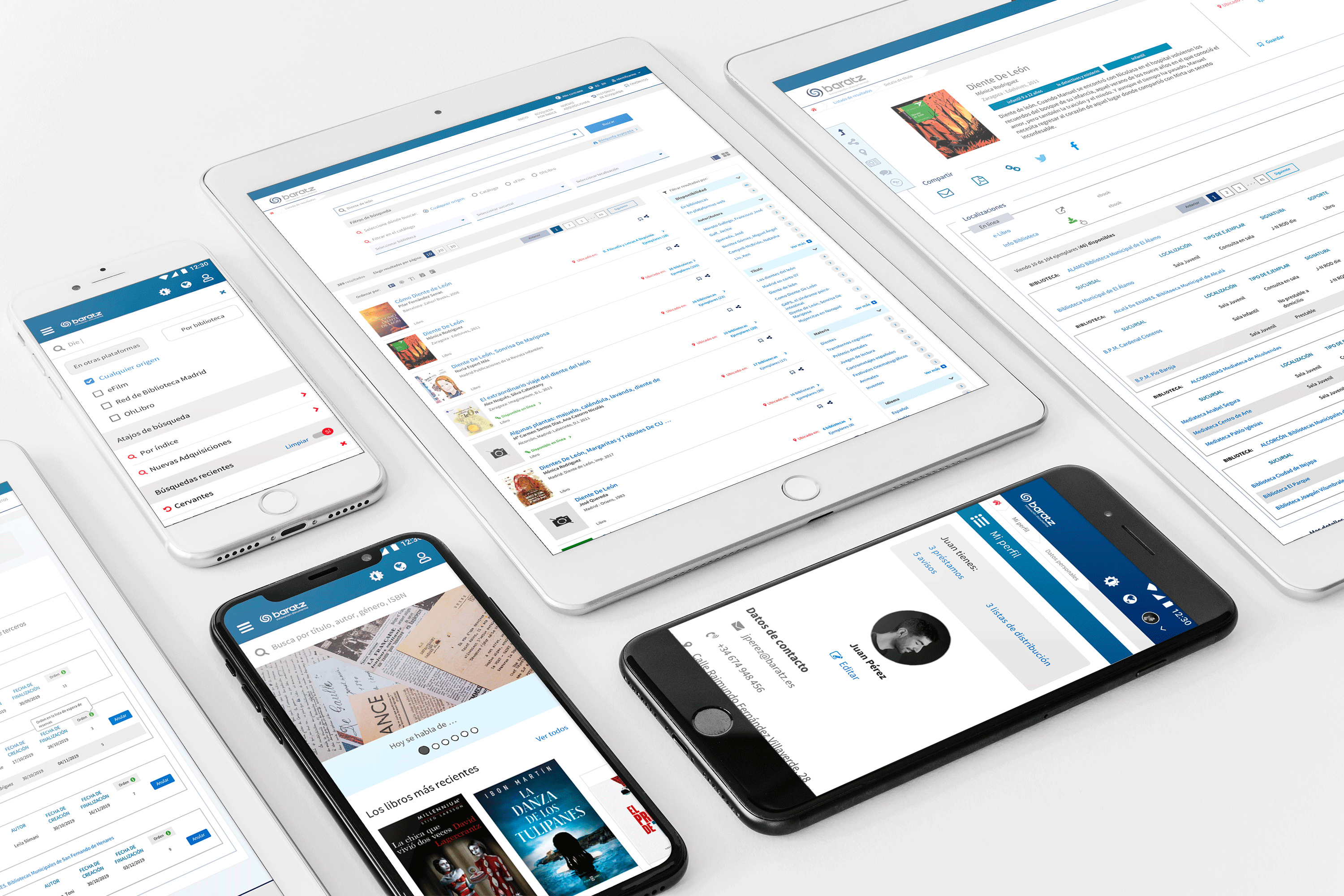 |
 |
Tools used in the UX process
UX Research:
- Discovery:
- Benchmark, metrics
- Stakeholders interviews
- Empathy map
- Persona
- Customer Journey
- Define the problem:
- Observation, survey online
- Card sorting, Tree Testing
- Observation, survey online
Ideation: creativity sessions with different teams.
Prototyping: Wireframes, Balsamiq Mockup, Marvel App.
UI Design: Sketch, Zeplin.
Design system / FrontEnd : Bootstrap 4, Sass.
 English
English Español
Español
